Description
Dental Cosmetic Composite Filling Behind in the Arts and Science
In the delicate balance between dental health and aesthetics, dental cosmetic composite filling stands as a testament to modern dentistry’s ability to blend functionality with beauty.
A dental cosmetic composite filling is not just a routine procedure; it is a transformative experience for patients who wish to restore their teeth to their natural glory without the metallic glint of traditional amalgams.
The Evolution of Dental Cosmetic Composite Filling
Dental composites have evolved significantly since their inception. Initially, they were only suitable for small fillings in areas of low bite pressure, but advancements in dental technology have expanded their use to include all areas of the mouth.
Today’s composites are a blend of resin reinforced with filler particles like glass and ceramic, which provide strength.
The Filling Procedure: A Symphony of Precision
The filling procedure begins with a careful selection of the shade of composite that will closely match the patient’s tooth. Also ensure that the work is undetectable. The tooth in question is then prepared, which involves the removal of decay or old filling material. A bonding agent is applied, which helps the composite material adhere to the tooth structure.
The composite resin is then meticulously layers into the tooth, with each layer being cured (hardened) using a special light. This incremental layering is crucial as it allows the dentist to sculpt the composite to the precise anatomy of the tooth, ensuring a fit that feels natural to the patient.
Shaping the Future of Smiles
After curing, the composite filling is shaped and polished to a high shine. The goal is to replicate the contours and surface texture of a natural tooth, so attention to detail is paramount. Shaping is not just about aesthetics; it ensures that the patient will be comfortable biting and chewing
Advantages of Dental Cosmetic Composite Filling
- Aesthetics: Composite fillings match the color of existing teeth, particularly important for visible parts of teeth.
- Bonding: Composites bond to the tooth to support the remaining tooth structure, which helps prevent breakage and insulate the tooth from excessive temperature changes.
- Versatility: Composite resins are used in a variety of cosmetic improvements, such as changing the color or shape of teeth.
- Tooth-Sparing: Sometimes less tooth structure needs to be removed compared with amalgam fillings when removing the decay.
Maintenance and Longevity
Maintenance of a composite filling is simple, involving regular brushing, flossing, and visits to the dentist. With proper care, a composite filling can last a decade or more, although this can depend on the extent of the decay.
In summary, dental cosmetic composite fillings represent a harmonious blend of restorative dentistry and cosmetic enhancement. By employing the latest in dental composites like Dental Soft Tissue Management Set , dentists cannot only repair damage but also improve the tooth’s innate beauty.


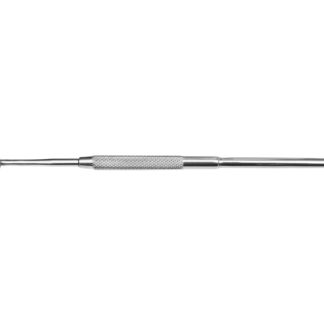
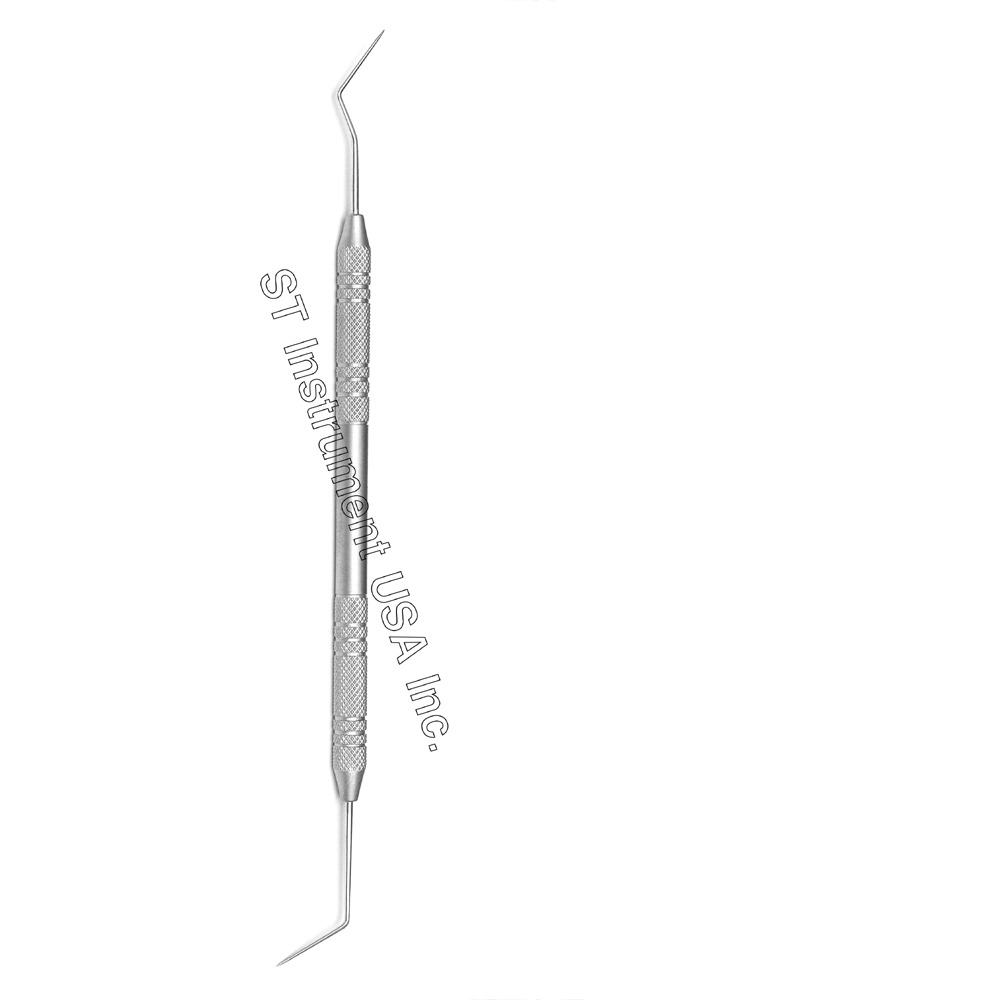

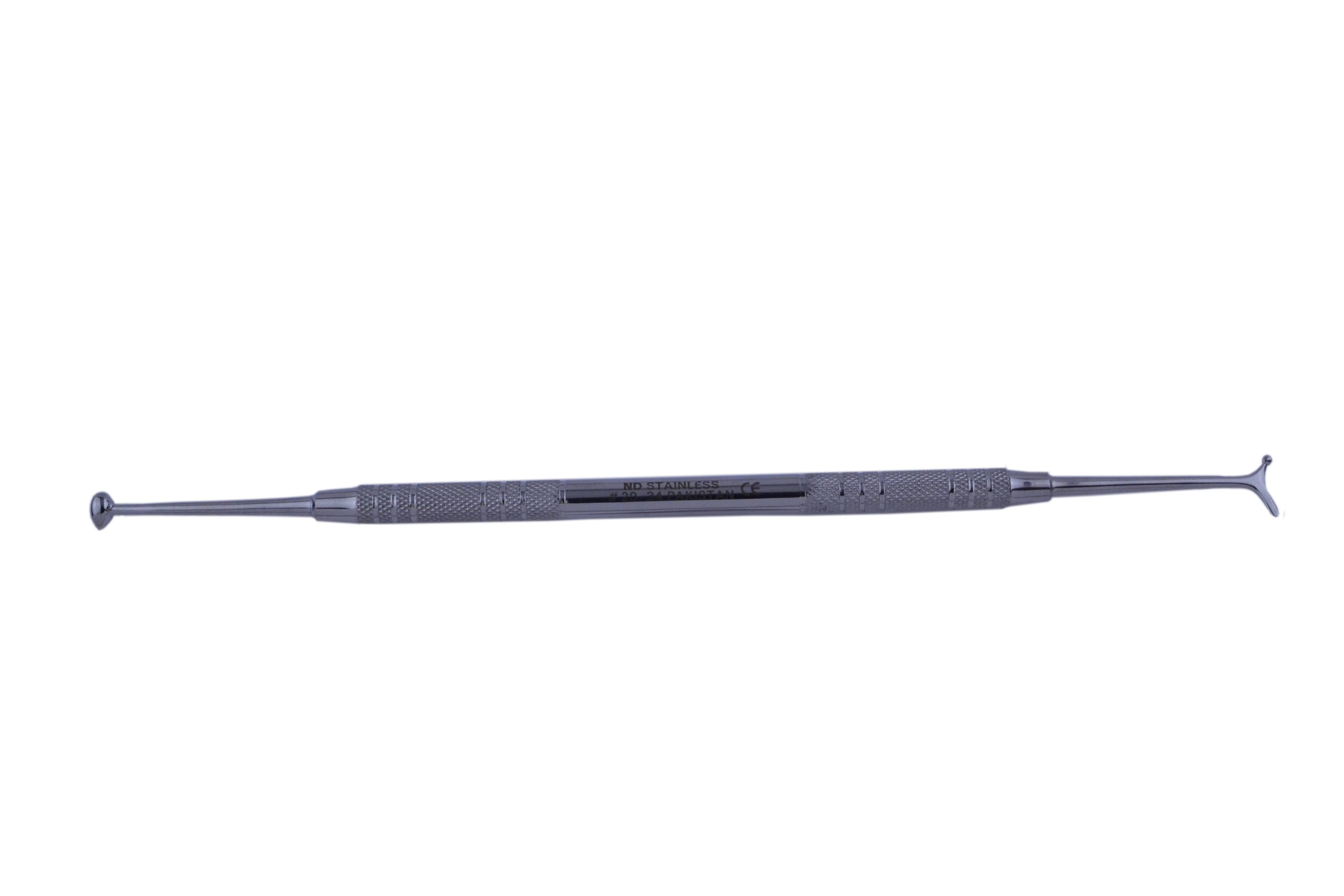


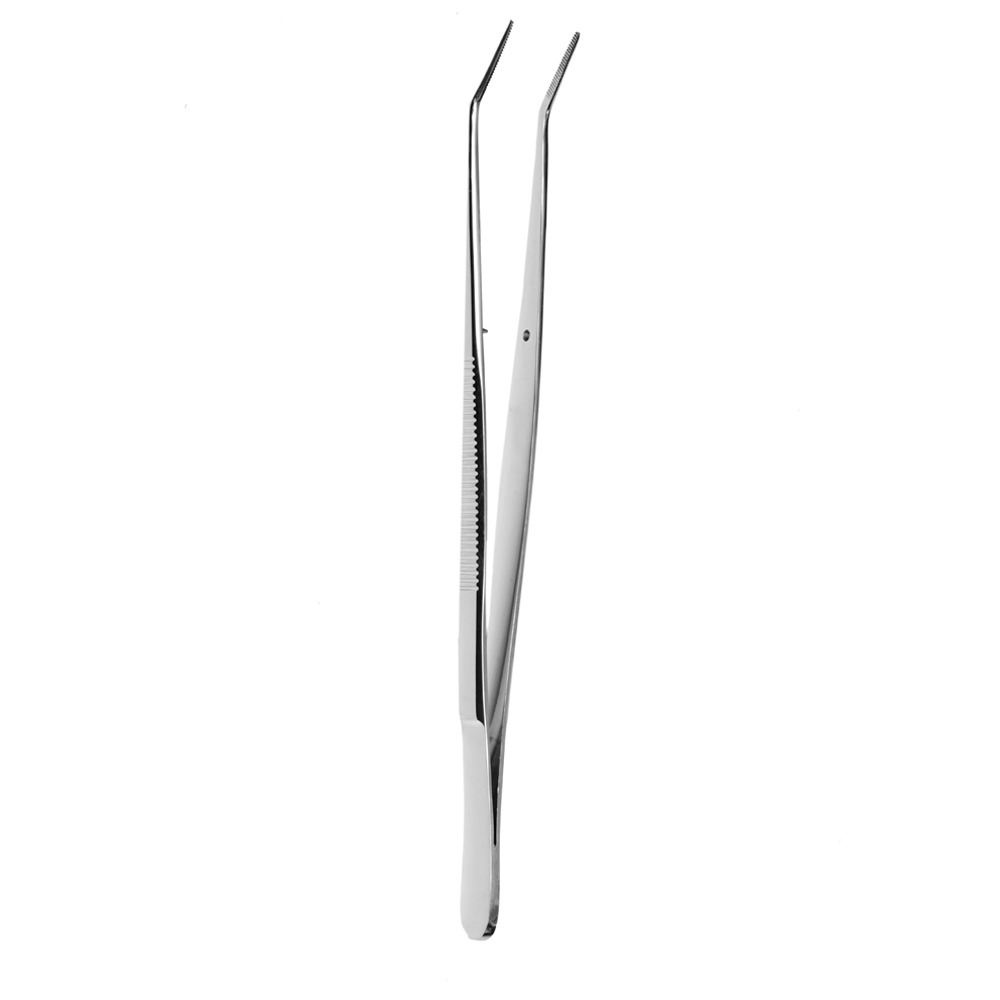
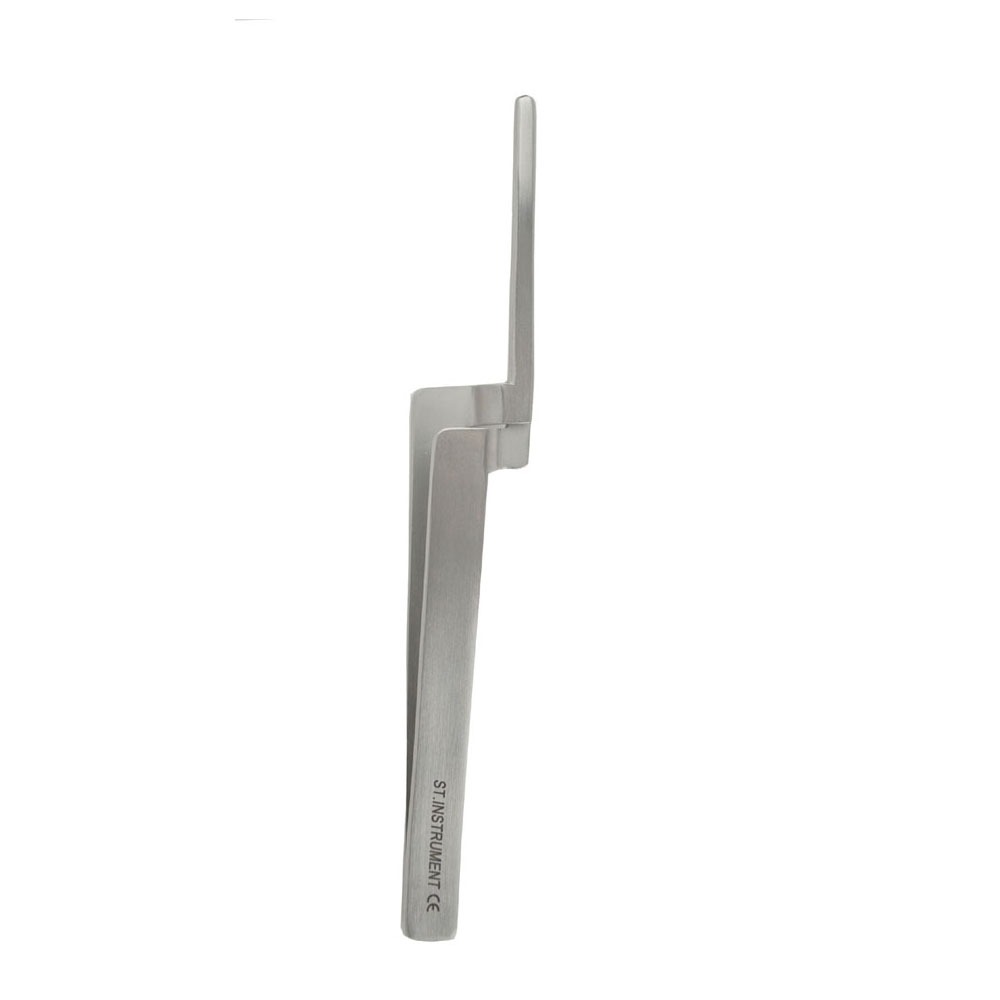
Reviews
There are no reviews yet.